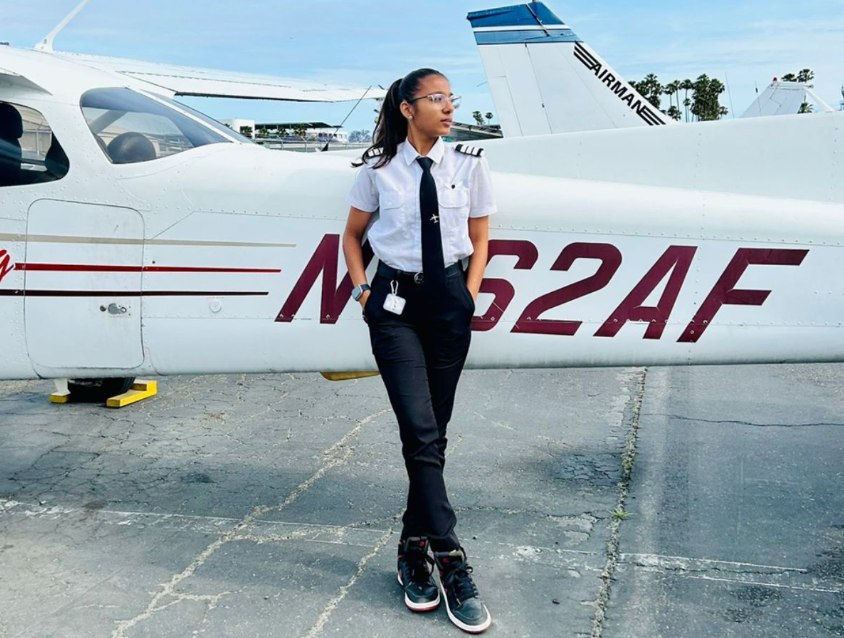Aspiring aviators embarking on the journey toward obtaining a commercial pilot licence, also known as a commercial pilot certificate, are met with a series of requirements and training milestones that pave the way for a rewarding aviation career. From flight hour prerequisites to essential eligibility criteria, the pursuit of this license demands dedication, skill, and a comprehensive understanding of the rigorous process.
Fulfilling the Prerequisites
Before delving into the intricacies of pursuing a commercial pilot license, it’s essential to grasp the foundational prerequisites that serve as the initial stepping stones toward this aviation milestone. Prospective pilots must meet age requirements, possess a private pilot certificate, and fulfill specific medical standards regulated by the aviation authorities.
Logging Flight Hours
This pivotal requirement is instrumental in honing the skills and expertise necessary for safely operating aircraft in commercial settings. Moreover, the flight experience gained during these hours serves as a testament to a pilot’s proficiency and readiness for assuming the responsibilities of a commercial aviator.
Structured Training Programs
Undergoing structured training programs tailored for aviator aspirants is an indispensable facet of the licensing process. These comprehensive curriculums encompass theoretical knowledge, practical flight training, and proficiency assessments, ensuring that candidates are equipped with the expertise and competence demanded by the aviation industry.
Meeting Regulatory Standards
Attaining a pilot license necessitates strict adherence to regulatory standards established by aviation authorities. From demonstrating proficiency in English language skills to completing the requisite coursework under the guidance of certified flight instructors are mandated to meet and exceed the stringent criteria set forth by regulatory bodies.
For those inclined towards helicopter aviation, the pursuit of an aviator license extends to specialized training programs such as a helicopter pilot course. These courses cater to individuals aiming to specialize in helicopter operations, encompassing unique training modules tailored to the distinct nuances of rotary-wing aircraft.
Career Trajectory and Opportunities
Upon successfully obtaining a license, a myriad of career trajectories and opportunities unfold for aviators. Whether aspiring to join commercial airlines, engage in aerial tours, or pursue specialized aviation roles, the acquisition of a license unlocks a diverse array of professional avenues within the aviation industry.
In conclusion, the journey toward acquiring a commercial pilot licence is characterized by a meticulous combination of fulfilling prerequisites, accumulating flight hours, undergoing rigorous training, and adhering to stringent regulatory standards. By navigating this comprehensive process with dedication and commitment, aspiring aviators can position themselves for a fulfilling and dynamic career in aviation.
